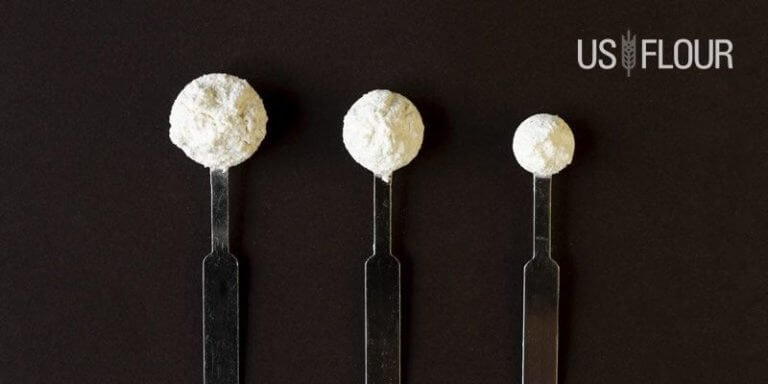Healthy Alternatives To Wheat Flour

Are you aware that wheat has been a basic part of our food regimen for many years? It is used in a varied assortment of commodities, the most common one being flour. Wheat, because of its high gluten inclusion, is ideal well-matched for producing bread and other baked goods. Gluten provides wheat flour its firmness and suppleness, making it very appropriate for baking.
Did you know that cultured flour is not healthful for us? The white, fluffy grain delivers our bodies no nourishing advantages. Then the blood sugar spear that it’s well-known for? Absolutely no. White flour is restricted in nourishing value, comprising nearly no fiber, protein or nutritious fat for the calories it stores. Substitute flours can be the best means to produce healthy procedures and augment nourishing ingredients to your preferred cuisines.
In a domain frenzied with healthy substitutes and switches, what are your options to eliminate with cultured flour, yet still delight in bread, pudding and pasta? You can check with these flour substitute choices:
1. Almond flour
It derived from skinned and finely crushed almonds. This kind of flour is acknowledged to intensify your feeling of fullness, helping you feel further gratified. It’s also high in protein, nutritional fats and fiber. And lessens blood sugar effect after a dinner or snack.
2. Quinoa
It is a self-styled-cereal, a seed that is arranged and consumed like a grain. As it is totally gluten-free, it can be appreciated by those who are delicate to gluten or wheat. Quinoa is a comprehensive protein source as it comprises all of the vital amino acids. Added essential nourishment and minerals that can be found in quinoa. Its crispy consistency and nutty taste makes it very famous for both kids and adults. Quinoa requires to be simmered before it can be used. And then it can be consumed as a side dish or breakfast oatmeal. It can also be complemented to salads or soup, or pulverized up to produce quinoa flour.
3. Coconut flour
It is appropriate for grain-free, paleo and keto diets. It’s also an ideal alternative to almond flour for those with nut allergies.
This alternative of flour is derive from dried and ground up coconuts. It’s loaded with fiber and nutritious fats and comprises edible carbohydrates. However, remember that when it’s used in dishes it may need more liquid.
4. Gluten-free all-purpose flour
Usually produce from an assortment of gluten-free grain and legumes. This kind of flour is higher in protein matched to all-purpose wheat flours. It can also be used as per cup in most procedure as requiring old-style flour. Yet be certain to read the labels for commodity variants.
This sort of flour is an ideal preference for those complying a gluten-free diet.
5. Millet
With its sweetened, nutty taste, millet is considered to be one of the most non-hypersensitive grains around. It is one of the several grains that are neutralizing to the body, making it easier to digest. These gluten-free, grain-resembling seeds are jam-packed of calcium, magnesium, phosphorus, manganese, tryptophan, fiber and numerous B vitamins. They also have antioxidant strengths.
You can use boiled millet to produce breakfast oatmeal. Otherwise you can add it to salads and broths. Its brown-rice-like form and consistency, makes it the best ingredient to use in stews and the mainstream of Asian cuisines. Crushed millet can also be used in bun, sweetened roll and cookie recipes rather than the cultured flour. Yet you can buy bulk baking supplies from wholesale flour distributors.
 Power to The Bakers.
Power to The Bakers.